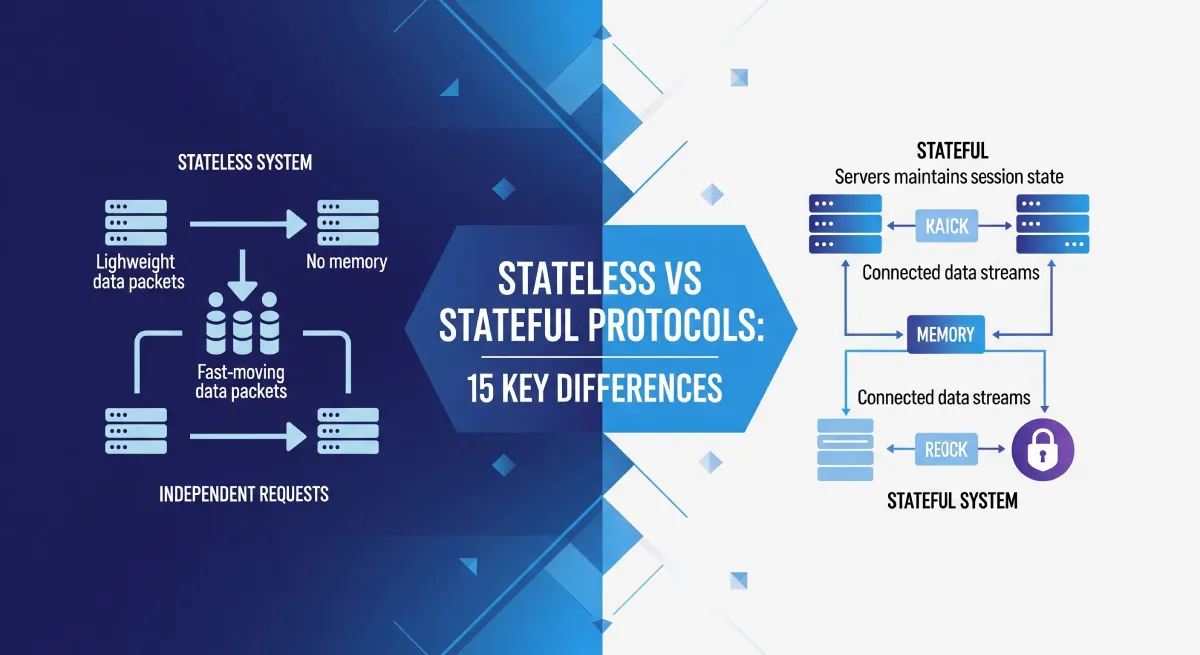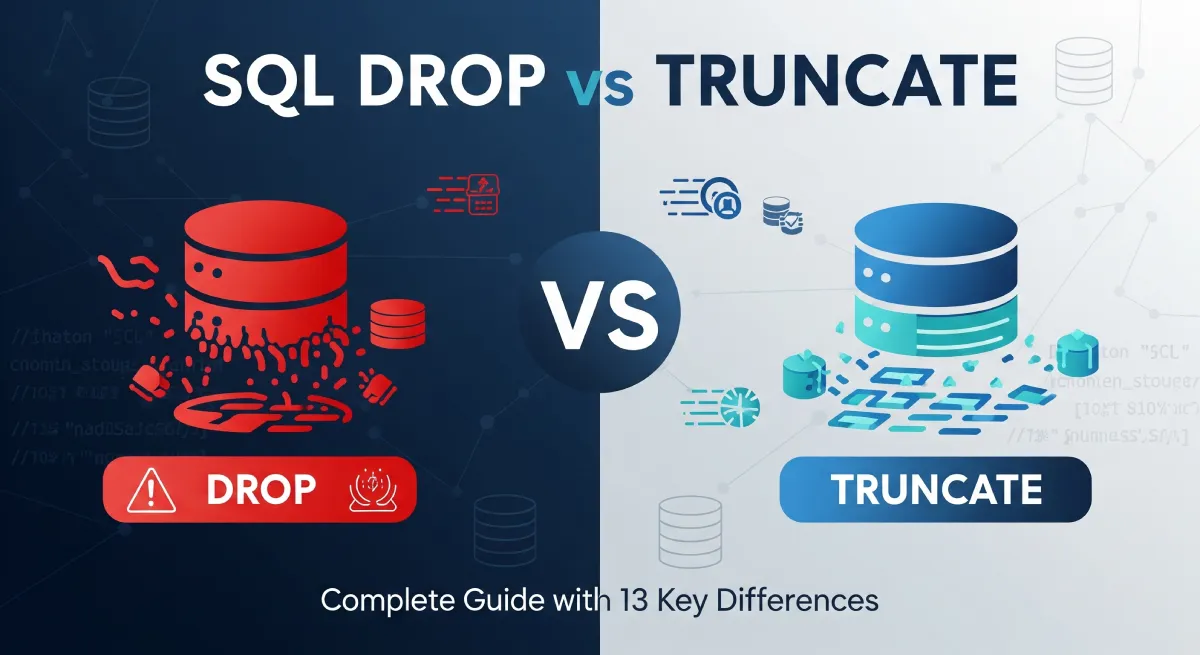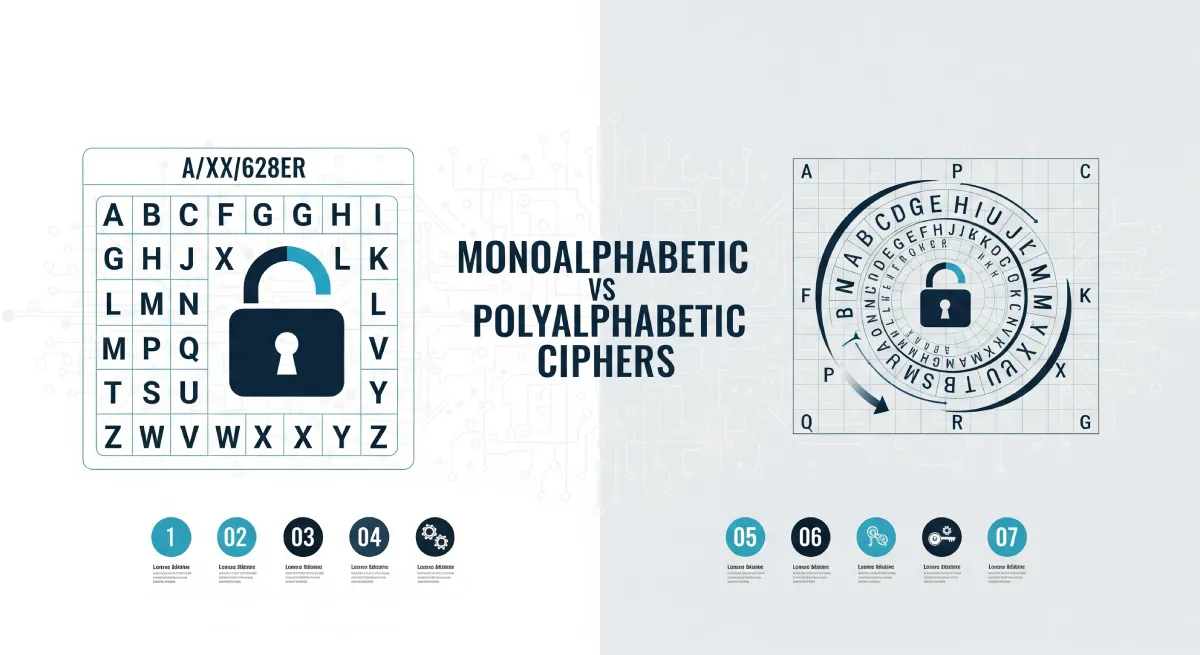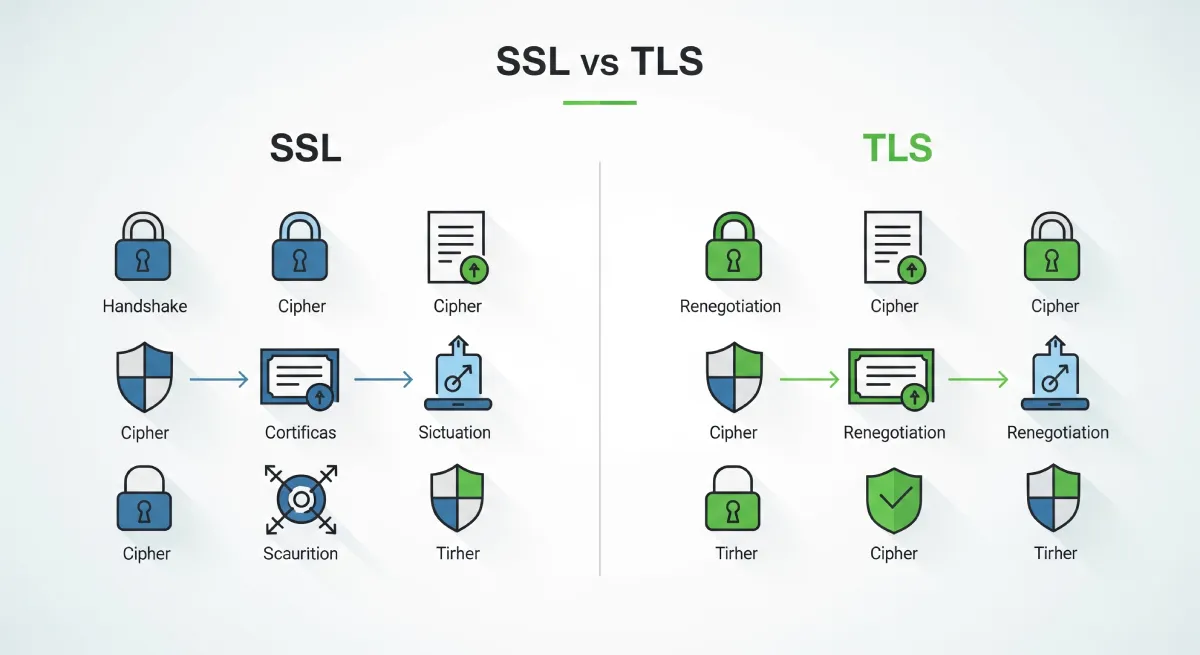Difference Between TDMA and CDMA: Unlocking the Secrets of Wireless Communication
In the world of wireless communication, two prominent technologies stand out: Time Division Multiple Access (TDMA) and Code Division Multiple Access (CDMA). Understanding the differences between these two technologies is essential to grasp the intricacies of modern wireless networks. In this article, we will explore the dissimilarities and advantages of TDMA and CDMA.
TDMA: Efficient Time-Based Communication
Time Division Multiple Access (TDMA) is a technology that enables multiple users to share the same frequency channel by dividing time into distinct time slots. Each user is assigned a specific time slot, allowing them to transmit and receive data within their allocated time frame.
Advantages of TDMA
Optimized Resource Utilization: TDMA maximizes the utilization of available frequency channels by dividing time slots among multiple users, ensuring efficient usage of the network.
Enhanced Call Quality: By assigning dedicated time slots to each user, TDMA minimizes interference and improves call quality and reliability.
CDMA: Efficient Code-Based Communication
Code Division Multiple Access (CDMA) is a technology that assigns a unique code to each user, allowing multiple users to share the same frequency channel simultaneously. The data from each user is transmitted using different codes, and the receiver decodes the specific signal intended for it.
Advantages of CDMA
Increased Capacity: CDMA offers higher capacity compared to TDMA as multiple users can transmit and receive data simultaneously using different codes.
Improved Call Quality: CDMA provides better call quality and increased resistance to interference due to its coding techniques.
The Key Differences
Access Method: TDMA divides time into slots, while CDMA assigns unique codes to each user.
Resource Utilization: TDMA optimizes frequency channel usage by dividing time slots, while CDMA allows simultaneous communication using different codes.
Capacity: CDMA offers higher capacity than TDMA due to its ability to support simultaneous communication.
Interference Handling: TDMA reduces interference by allocating dedicated time slots, while CDMA employs coding techniques to minimize interference.
TDMA | CDMA |
|---|---|
| Stands for Time Division Multiple Access. | Stands for Code-Division Multiple Access. |
| A technology for delivering digital wireless service using time-division multiplexing (TDM). | A digital cellular technology that uses spread-spectrum techniques. |
| Time-sharing of satellite transponder takes place. | Sharing of both bandwidth and time takes place. |
| Synchronization is necessary. | Synchronization is not required. |
| This technology divides a radio frequency into time slots and then allocates these time slots to multiple calls. | This technology does not assign a specific frequency for each user placing or receiving a call. |
| All terminals are active for short periods of time on the same frequency. | All terminals can be active at the same place at the same moment, uninterrupted. |
Conclusion
In conclusion, TDMA and CDMA are two distinct technologies that revolutionized wireless communication. TDMA efficiently utilizes time slots, ensuring optimized resource utilization and enhanced call quality. On the other hand, CDMA utilizes unique codes for simultaneous communication, resulting in increased capacity and improved call quality.
Whether you prefer the time-based efficiency of TDMA or the code-based capacity of CDMA, both technologies play significant roles in modern wireless networks. By understanding their differences and advantages, you can make informed decisions when it comes to choosing the most suitable technology for your specific communication needs.




